NASA Confirms Where ‘Wicked-Looking’ Piece of Space Debris Found in N.C. Came From
A large piece of space debris discovered last month on a mountain trail in North Carolina has been confirmed by NASA to have originated from a SpaceX capsule that traveled to the International Space Station.
The debris was found in late May by an employee of The Glamping Collective, a luxury resort in Haywood County, near Asheville. Justin Clontz, who maintains the grounds at the resort, described the slab as “kind of wicked looking.”
Space Debris Orbiting Earth
The universe is filled with an unimaginable number of rogue celestial objects ranging in size from tiny rocks to enormous meteors, many of which fly past our planet regularly.

Source: Wikimedia
According to the National Environmental Satellite, Data, and Information Service, researchers track between 200 and 400 items entering Earth’s atmosphere each day. Yet, despite all these objects, few ever reach Earth.
How Often Does Space Debris Reach Earth?
Due to our technological advances, humanity is also responsible for many items now floating around in space, which researchers call space junk or debris.

Source: Wikimedia
This could be anything ranging from parts of a rocket to much larger objects such as dead satellites.
Recent Discovery of SpaceX Debris in North Carolina
Since the 1950s, humans have launched thousands of rockets and satellites into orbit, many of which never come home. Currency estimates suggest thousands of dead satellites currently orbit our planet, and it may pose a severe issue one day.

Source: Tim Peake / ESA/NASA via Getty Images
Despite most of the items remaining in orbit, a piece of something returns to Earth from time to time. Most recently, a small piece of space debris landed near Asheville, North Carolina.
NASA’s Identification
NASA has identified the roughly 3-foot piece as part of the “trunk” or service module of a SpaceX Crew Dragon capsule.

Source: The Glamping Collective
The capsule returned four astronauts to Earth from the International Space Station on March 12.
What Part of the Capsule Fell to Earth
The small piece of the SpaceX capsule known as the trunk was previously located at the base of the Crew Dragon spacecraft beneath the astronauts’ seats
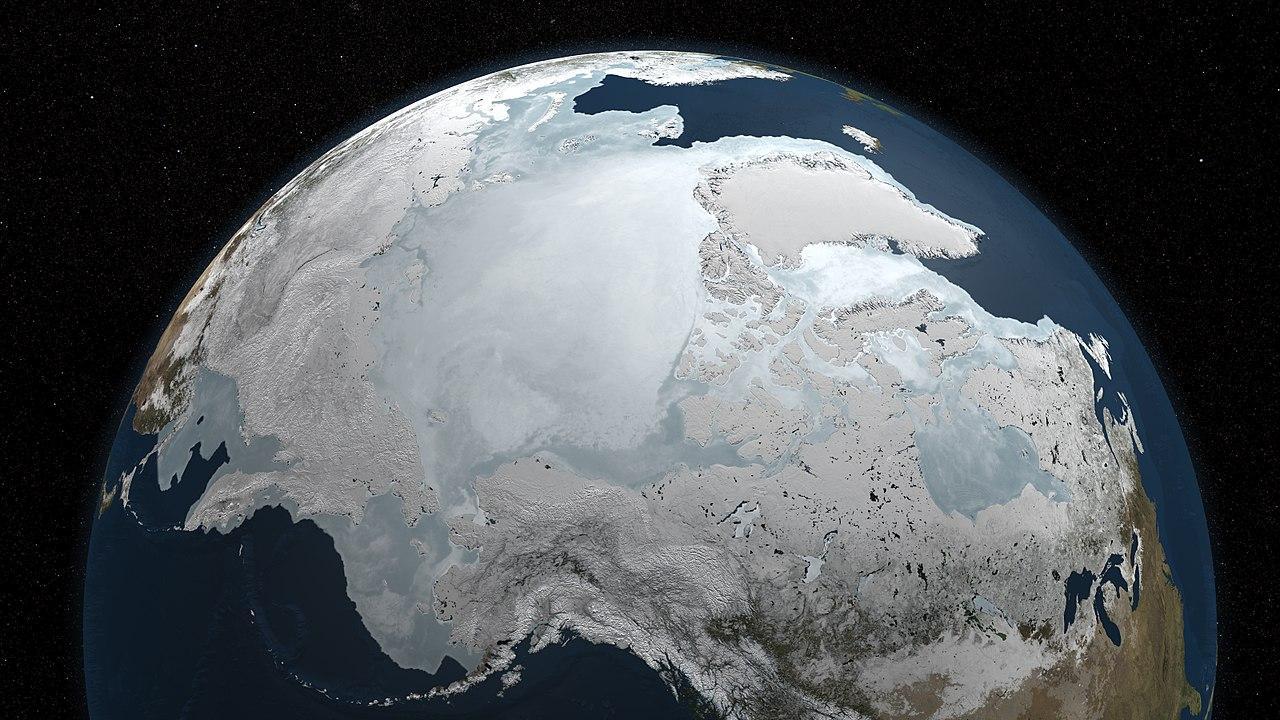
Source: Wikimedia
It is used to carry cargo and is covered in solar panels that provide power during the flight and while on the station.
Not Expected to Re-enter Earth
This section of the spacecraft is jettisoned shortly before re-entering Earth’s atmosphere.

Source: Wikimedia
NASA expected the trunk to burn up completely in the atmosphere, but the discovery of this piece, along with others, suggests some parts can survive the re-entry.
NASA Projects One Piece of Space Debris Hits Earth Each Year
Despite the excessive amount of space debris floating around our planet, few pieces ever return to Earth, let alone pose a potential risk to human safety.

Source: NASA/Joel Kowsky/Wikimedia Commons
According to NASA, on average, one cataloged piece of space debris has fallen to Earth daily over the past five decades.
No Comment Yet
Despite several media companies reaching out to SpaceX, it has yet to respond to a request for comment.

Source: The Glamping Collective
The debris Clontz found was charred and covered in carbon fiber weaving.
Like on TV
Weighing about 90 pounds, it was too large and awkward for one person to carry.

Source: DC Studio, Freepik
Clontz was initially uncertain if it was safe to touch, remarking, “It’s just something that you don’t normally see. I’ve seen spaceships and stuff on TV, but the average person doesn’t get to see it up close.”
Extra Debris Nearby
Smaller debris pieces were also found in two residents’ yards in nearby towns, according to local reports.
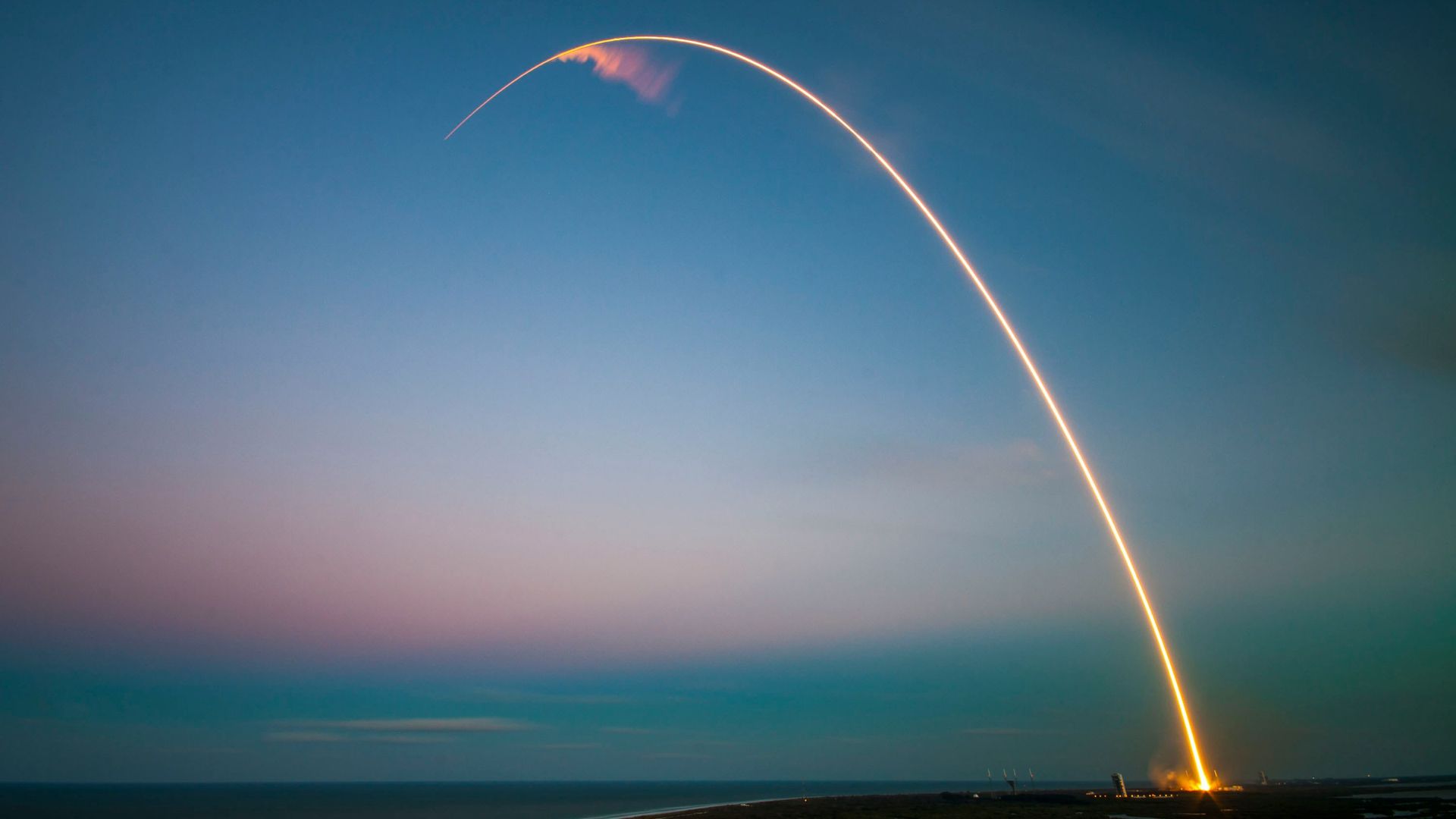
Source: SpaceX
NASA stated it was “unaware of any structural damage or injuries resulting from these findings.”
Belonging to SpaceX
The debris originated from SpaceX’s Crew-7 mission, which launched on August 26, 2023, and returned after a six-month stint at the space station.
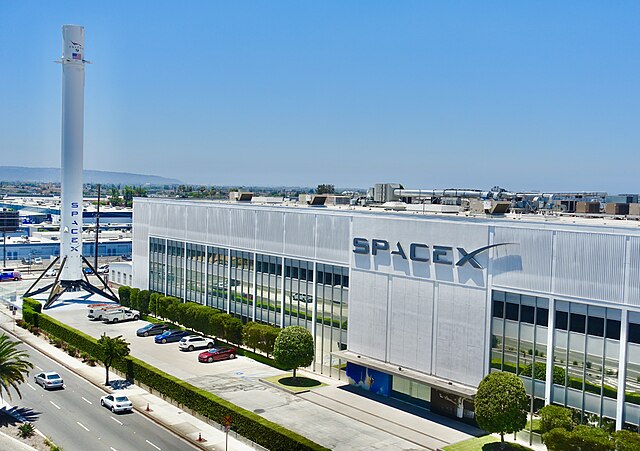
Source: Wikimedia
Last month, another piece of suspected trunk debris from a different SpaceX mission was found in a farmer’s field in Saskatchewan, Canada.
Not an Isolated Incident
An uncrewed SpaceX mission to deliver supplies to the space station also resulted in debris falling over Saudi Arabia.
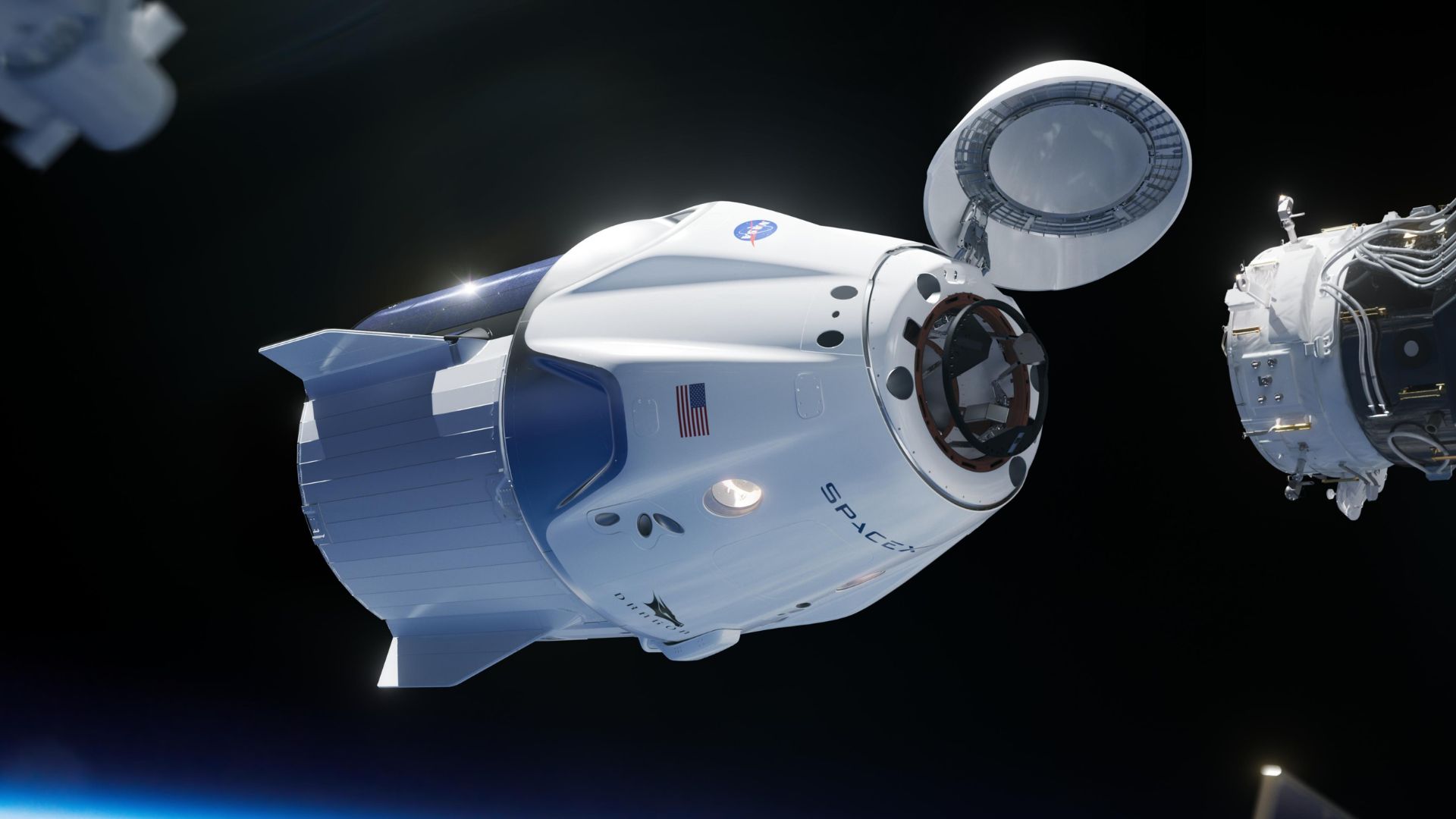
Source: NASA/SpaceX/Wikimedia Commons
Additionally, debris from a Crew Dragon trunk landed in Colorado last year, with a similar incident occurring in 2022 in Australia.
Devastating to Florida Home
In March, a 1.6-pound piece of metal space debris, not from a SpaceX vehicle, tore through a home in Naples, Florida.

Source: NASA
This piece came from a cargo pallet intentionally released from the International Space Station.
NASA Sued
The Florida family whose home was damaged is suing NASA, alleging emotional stress caused by the incident.

Source: Otero Family/CBS News; NASA
Jimi Russell, a NASA public affairs officer, stated that it “would not be appropriate for NASA to comment on a pending claim.”
More Space Launches, More Risks
It is common for space agencies and companies to let defunct hardware burn up in the atmosphere, but occasionally, some pieces survive re-entry.

Source: SpaceX/Wikimedia Commons
Although it is rare for space debris to land in populated areas, the recent incidents raise concerns about the growing risk as space launches increase.
Crew Dragon Capsule Set to Bring Home Astronauts
A Crew Dragon capsule with its trunk section attached is currently parked at the International Space Station.
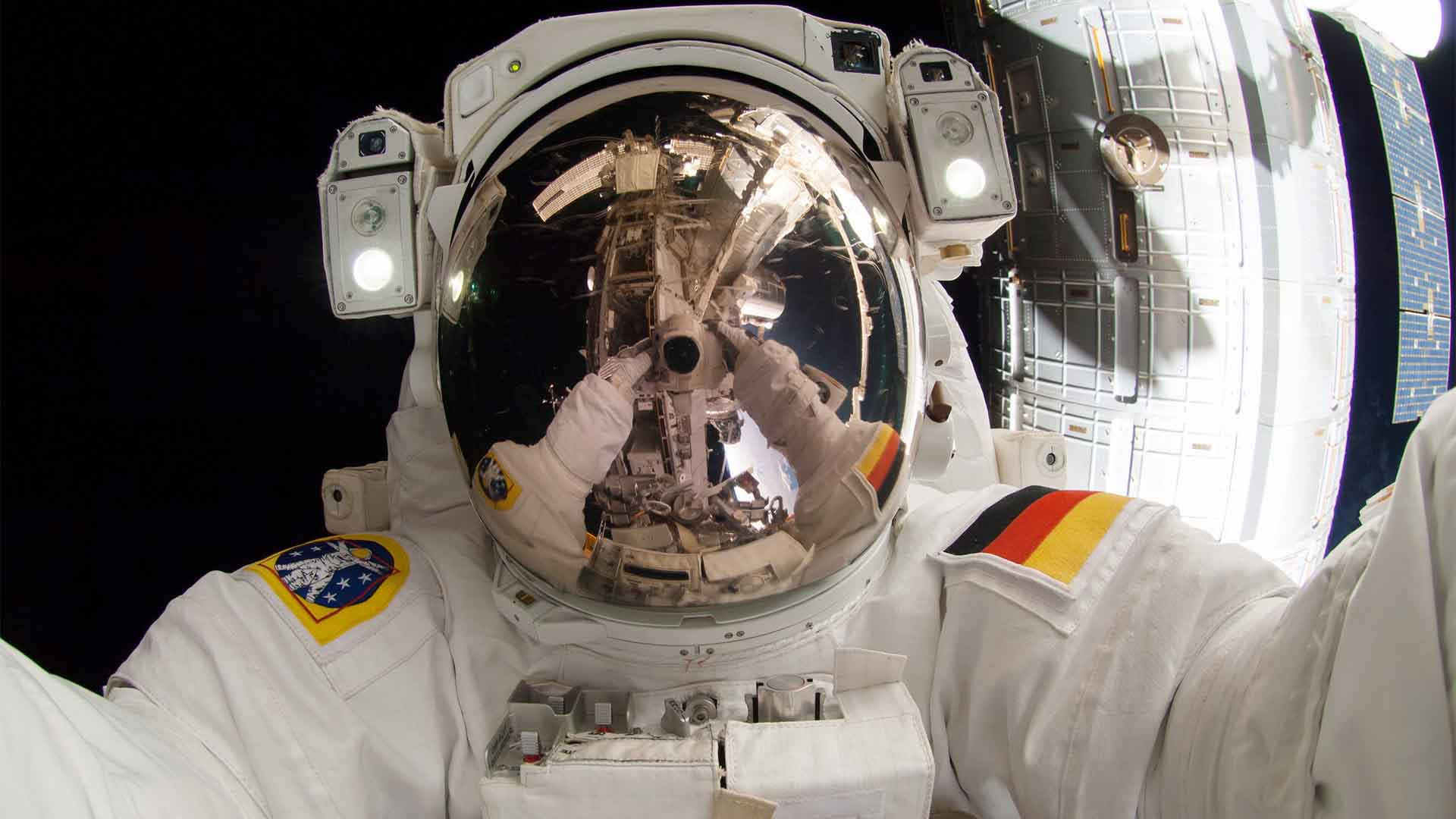
Source: NASA via Getty Images
This spacecraft is expected to return to Earth with its crew later this summer. NASA plans to work with SpaceX to explore “additional solutions as we learn from the discovered debris.”
Debris Displayed
The space debris chunk found by Clontz is now displayed at The Glamping Collective behind a glass case. Clontz mentioned that neither SpaceX nor NASA has asked to retrieve it yet.

Source: The Glamping Collective
“Every time I go look at it, I think how cool it is,” he said.
Another Piece of Crew Dragon Fell to Earth
This is the first time that the SpaceX Crew Dragon spacecraft’s cargo trunk has fallen to Earth. In 2022, an object that looked exactly like debris fell into The Glamping Collective and landed in an Australian sheep field.

Source: Felix Mittermeier/Pexels
The truck, which is the size of a small grain silo, ejected into orbit before the spacecraft’s atmospheric reentry and naturally fell back to Earth, burning completely.
Annoyed With Space Programs
The farmer felt annoyed with SpaceX because he couldn’t understand why the company was allowed to dump orbital trash onto his farm. Although the damage to his field wasn’t specified, the other pieces of the truck that have landed worldwide could easily cause a fatality or substantial damage.

Source: Nathan Cowley/Pexels
If deadly debris falls to the ground every time a Crew Dragon trunk reenters, then we clearly need to address this issue with the trunk or other space junk left behind in space.
Novelty of Space Debris
According to the worker who discovered the space debris from the SpaceX capsule, he claims it’s fascinating to think of the journey it made into space before landing close to his place of employment.

Source: Wikipedia
“To think that it launched from Florida, went to outer space, and came back down, and a piece of it flew off right over North Carolina is pretty cool.”
Is Space Debris Dangerous
Now that we know how much debris is currently orbiting around our planet, it’s hard not to worry about the potential dangers of a large object passing through the atmosphere and reaching the ground.

Source: Freepik
In 1997, a woman from Oklahoma was hit with a piece of a metallic material that once formed part of a propellant tank on the Delta II rocket. However, the chances of being hit are relatively low.
The Chance of Being Hit By Space Debris
According to reports, the chances of any person in the world being hit by a piece of space debris are around one in 10,000. If you take yourself as the target, this increases to one in a trillion.

Source: Freepik
However, this all depends on the number of objects being launched into space, which varies depending on the season and year.
The Problems With Preparing for Space Debris
Several problems prohibit humans from successfully protecting themselves against falling space debris. The most obvious is that it’s difficult to pinpoint where it will land.

Source:
“It can be extremely challenging to predict where an object in an uncontrolled orbit will re-enter Earth’s atmosphere,” said one researcher, per the BBC.
Very Low Chance of Getting Hit By Space Debris
The chances of getting hit by space debris are so low that an individual is more than 65,000 times more likely to be struck by lightning than to get hit by a piece of rogue space trash.

Source: Aubrey Gemignani/NASA via Getty Images
DW News offered some reassuring advice, explaining, “You’re three times more likely to be hit by a meteorite than space debris, and how often does space rock land on the planet? So, statistically, you should be okay.”
Nothing to Worry About
Despite all the worry, it’s good to remember that the vast majority of space debris will burn up as it re-enters the Earth’s atmosphere.

Uday Mittal/Unsplash
However, at some point in the near future, space organizations may be forced to develop programs to reduce the amount of space trash floating around our planet before it becomes a serious ecological problem.
SpaceX Hopes to Reuse Spaceship Parts
SpaceX has announced its reusable launch system development program, focusing on the development of orbital launch systems that can be reused, embracing the new era of space travel and conscious climate designs.

Source: Wikimedia
In 2021, they successfully used the first recycled capsule, and the Falcon 9 has now flown 18 times.
The Waste of Space
While NASA and other countries try to be as environmentally conscious as possible, waste is an unfortunate consequence for humanity. On the moon, there are nearly 100 bags of human waste.

Source: Hopeful in NJ/Flickr
On top of this, space is getting crowded. Currently, 7,700 satellites linger a few hundred miles from Earth. By 2027, this number could grow to several hundred thousand.
Cluttering Up
Earth’s cluttered orbit also includes spent rocket boosters, items discarded by astronauts, like gloves, wrenches, and toothbrushes, and other spacecraft remains from over 50 crashed landings. In a few years, the ISS will be pushed out to burn up in space, but it could leave behind more space junk.

Source: A photo of some sort of rocket engine on display in the Science Museum in London. Mishmashed together with a photo of the Earth. Apologies to NASA or whoever I stole the Earth photo from.Paul Vallejo/Flickr
However, there is a big problem with the increasing number of space launches, satellites, and atmospheric pollution.
The Problem With Space Pollution
New research shows that space pollution is skyrocketing as SpaceX launches more and more satellites and rockets with potentially disastrous global effects.

Source: Freepik
According to astronomer Samantha Lawler (via Scientific American), “The aluminum oxide produced by sublimating satellites in Earth’s upper atmosphere, it turns out, is a potent and lasting catalyst for chemical reactions similar to those that in the 20th century famously corroded a gaping hole in our planet’s delicate, radiation-blocking ozone layer.”
Opening Up to More Problems
Holes in the ozone layer, which sits in the stratosphere above the Earth and shields us and other living things from the sun’s harmful ultraviolet radiation, could lead to disastrous events if they are unable to close.

Source: Wikimedia
From sunlight radiation to extreme cold and wide speeds, zones where the ozone has depleted are a serious matter.
Assuming the Problem Away
SpaceX and its Crew Dragon trunks are not the only problems Private and government organizations regularly launch objects and allow rocket bodies and satellites to re-enter uncontrollably.

Source: Wikimedia
Many of these groups are under the assumption that this space junk will burn up on reentry or fall into the ocean. While falling debris has not injured anyone, it raises the question of who is responsible for the junk.
Who Is Responsible for Space Junk?
The 1972 Liability Convention makes damages, which include loss of life, caused by space objects falling onto the surface of the Earth or striking airplanes in flight the responsibility of governments who sent the object up to space.

Source: Wikimedia/Freepik
The Outer Space Treaty of 1967 also makes countries responsible for all their space programs, which includes private companies like SpaceX.
The Issues with the Liability Convention
But the Liability Convention has made issues complicated. It acts as an agreement between countries, which makes the interactions between private citizens and power space companies harder to navigate when a piece of debris does fall from the sky.

Source: Wikimedia
The lack of governmental action is what causes private citizens to sue space companies and programs.
Controlling Reentries
We all know that what must go up must come down, but who is responsible for this action? Gravity? Since the first satellite launch into orbit, uncontrolled reentries have occurred, but times have changed.

Source: Navicore/Wikimedia
We cannot allow uncontrolled reentries to continue. We need to implement an alternative plan to control reentries or restrict the number of entries to protect people on Earth.
Taking Necessary Steps
There is no doubt that satellites and space travel are benefiting humanity, but is the reward with the risk of having a burning piece of space junk striking you, your loved ones, or your belongings down?

Source: Porapak Apichodilok/Pexels
Regulating agencies can help implement stricter rules for space travel to keep the Earth and space clean from human pollution.
